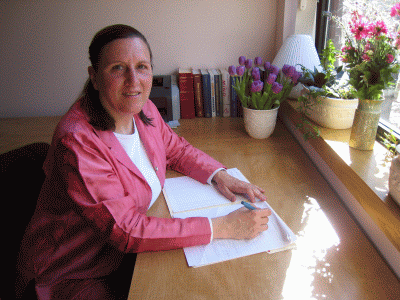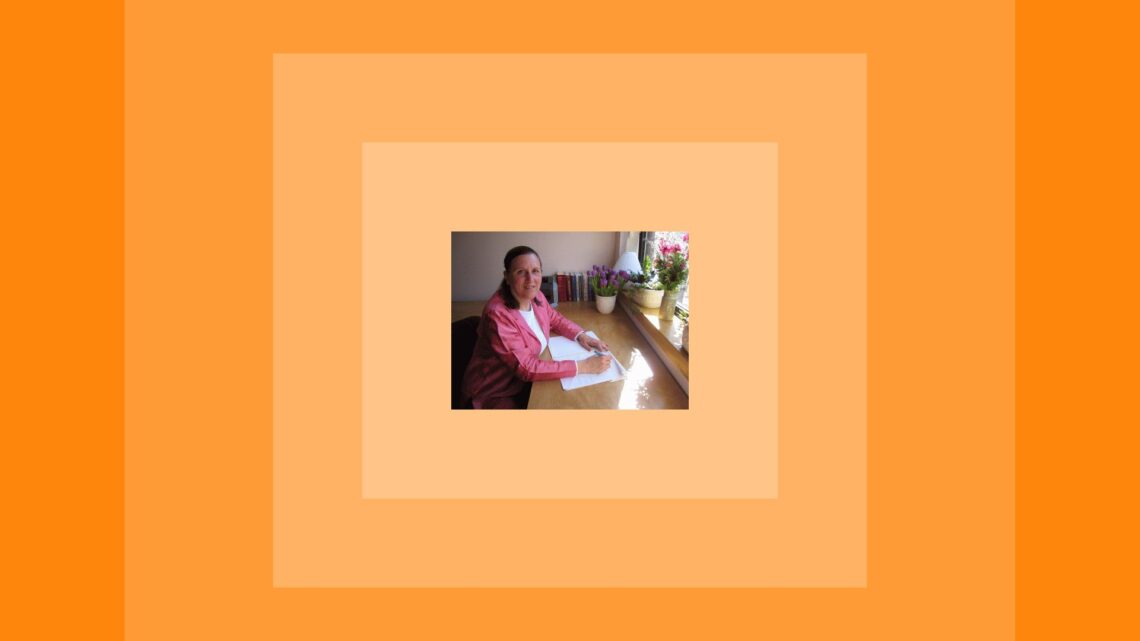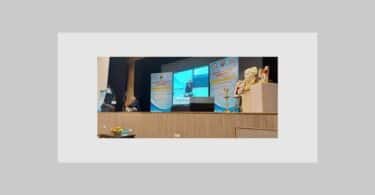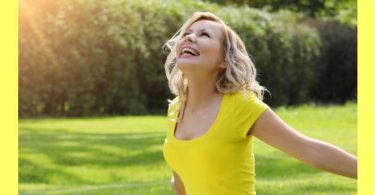We can teach student to be homeopaths – but can we teach them to be healer? Probably all of us have been to health care professionals who seemed technically proficient, but whose bedside manner was atrocious. Perhaps they seemed aloof, or distracted by their pager, or overfocused on their computer. Or even worse – perhaps they berated us for using “voodoo medicine”, or revealed a prejudice against our race or gender orientation.
At Teleosis, we feel that part of our mission is not only to teach the technical skills of homeopathy, but also to entrain in our students the heart of a healer. This begins right from their application to come to the school. We ask them to describe a particularly good or bad experience they had with a health care professional, and what they learned from it.
Weekend classes begin and end with a meditation, something I learned from Teleosis founder Dr. Joel Kreisberg. Although I had been teaching heart-centered meditation for 25 years when I studied with Joel, it would not have occurred to me to “inflict” a group meditation on a captive audience of homeopathy students, many of whom had never meditated before. To my surprise, it worked. Everyone sat in pindrop silence, and when the meditation ended, the whole energy in the classroom had shifted. Students who had arrived stressed out from traffic and pre-occupied with children they had left behind, suddenly were present and aware and ready to learn. Meditating at the end of the day has a similarly powerful effect on learning: instead of feeling overly full with “undigested food particles” of homeopathic information, students leave feeling calm and complete.

Visualizations for Healers
Here are some specific images I use in meditations with the students:
• Imagine you are sitting with a client. Your mind is calm and quiet, and you are resting in your heart. Your heart center is fully open, like a golden lotus, as is theirs. Feel that you are breathing in and out with them, and that there is a rainbow bridge of energy between your heart and theirs.
• Imagine a flow of golden light back and forth between your heart chakra and theirs. Feel that as you breathe in, you are breathing in the essence of the client, receiving the client in your heart of compassion so that you can fully understand them. As you breathe out, you are sending healing energy, love, compassion, and goodwill from your heart to theirs.
• (This is one I used when students were upset about the possibility of seeing a clinic client in everyday life after hearing him reveal dark secrets in the clinic interview). Imagine that your mind has an invisible shield around it. You are totally in your heart – no mind, no memory of the client’s case – and you are sending golden streams of light and love to the client’s heart.
• Envision your future practice: what kind of practice setting will you be in? What will your office look like? What kind of clients will you attract?
Dealing with Difficult People
We also give homework assignments designed to help students become aware of, and overcome, their own issues. For example, we have them write about a difficult patient in their current practice, or a difficult person in their private life: “why they were difficult, how they pushed your buttons; how you handled them; and how you could handle them better after the assigned reading.” The suggested books are:
• Difficult Conversations by members of the Harvard Negotiations Project, about constructive ways to phrase and re-frame difficult topics.
• Thank You for Being Such a Pain by Mark Rosen (about what we can learn from the difficult people in our lives)
• Radical Forgiveness by Colin Tipping (finding ways to be grateful for the person for what we are learning from them, until our reaction to them relaxes)
Here are several other personal growth assignments:
• Practice “receptive attention” in a personal or professional interaction. Write about how it affected you and what effect you think it had on the other person.
• Read No Enemies Within by Dr. Dawna Markova (mentor and inspiration to Peris and Begabati. One theme of the book is that we need to accept all parts of ourselves, and that sometimes a “shadow side” may reflect an unmet need.) Think about “what’s right about what’s wrong” in a health issue. Describe the symptoms and the unmet need underneath them.
• Practice the kata exercises in The Life We Are Given by George Leonard and Michael Murphy (drawn from yoga and Tai Chi, plus visualizations and affirmations; the most effective life-transformation exercises developed by the founders of the Human Potential Movement). Write about “how homeopathy is changing me” and/or your intentions for your homeopathy practice.
Favorite Readings
Here are some favorite books suggested by staff and students which can help budding homeopaths become compassionate healers as well.
Kitchen Table Wisdom and My Grandfather’s Blessings by Rachel Naomi Remen were the hands-down favorites. The first: stories drawn from her medical practice, often involving ways that she learned from her patients. The second: how she blended the mystical wisdom of her grandfather the rabbi with the objective medical science inspired by her parents.
Grace and Grit by Ken Wilber. The heart-wrenching story of this contemporary philosopher’s loss of his newlywed wife to cancer; it also serves as an accessible introduction to his philosophy and to the landscape of alternative treatments for cancer.
A New Earth: Awakening to Your Life’s Purpose (which mentions homeopathy!) and The Power of Now by Eckhart Tolle. The spiritual philosopher featured on Oprah, Eckart Tolle teaches us how to overcome our minds’ tendency to dwell in the past or future, instead staying in the present moment where we have the power to create change.
Anatomy of the Spirit by Carolyn Myss about how our “biography is our biology”, in other words how our emotional traumas manifest as physical symptoms, from a medical intuitive. If only she knew homeopathy!
Loving What Is by Byron Katie. How to “turn it around” when you pass judgment on someone else, finding ways that the same judgment could be made in your own life, then transformng the judgment into compassion and growth.
House Calls: How We Can All Heal the World One Visit at a Time by Patch Adams (the famous doctor who ran the free Gesundheit Clinic): this funny book full of insights and cartoons is about how to bring true healing to someone who is sick.
The Spirit Catches You and You Fall Down by Ann Fadiman: the collision of cultures as American doctors try to “save” a Hmong (ethnic Cambodian) child with epilepsy while her culture has an entirely different perspective on her illness.
The Scalpel and the Silver Bear by Lori Arviso Alvord, MD and Elizabeth Cohen Van Pelt. The first Navajo woman surgeon combines Western medicine and traditional healing and shows how important it is to draw on our spirituality as well as our book knowledge.
The Wind Is My Mother by Bear Heart with Molly Larkin: the life and training of a Muskogee shaman, inspiring readers to think about how you want to live, what you want to do with your life, and how to be a compassionate healer.
——————————-
Special thanks to Amy Leonard, Kim Kalina, Linda Rhines, Tanya Renner, and Vicki Kindelein for their suggestions.
Begabati Lennihan is director of Teleosis School of Homeopathy in Cambridge, MA. A Harvard alumna, she practices homeopathy at the Lydian Center for Innovative Medicine and teaches meditation at Harvard Health Services’ center for mind-body medicine. She is an Adjunct Instructor in homeopathy at Massachusetts College of Pharmacy and has edited several textbooks of homeopathy.





